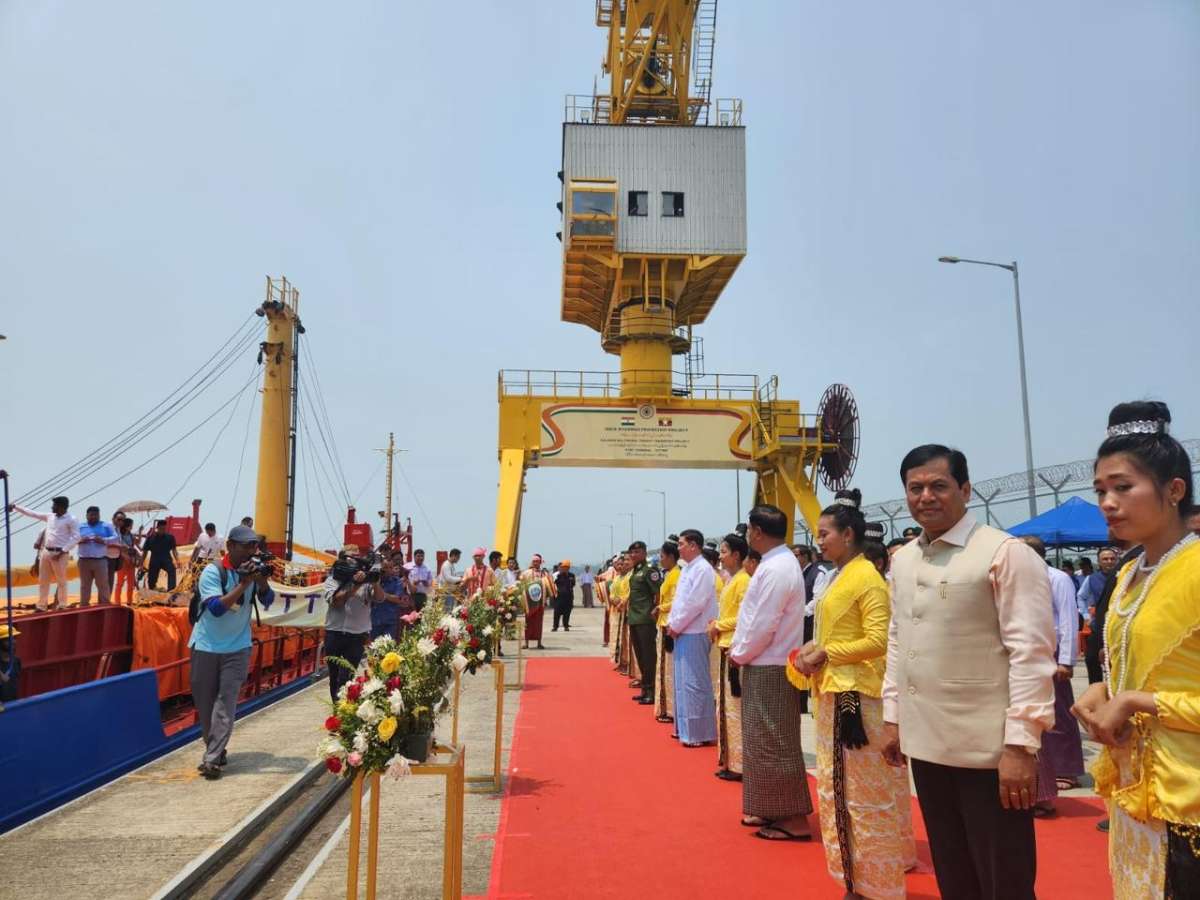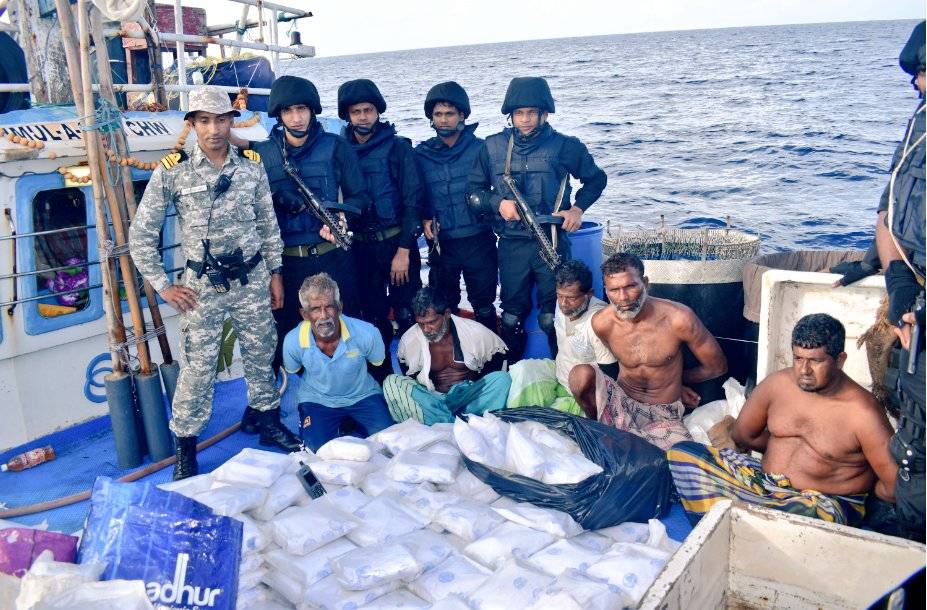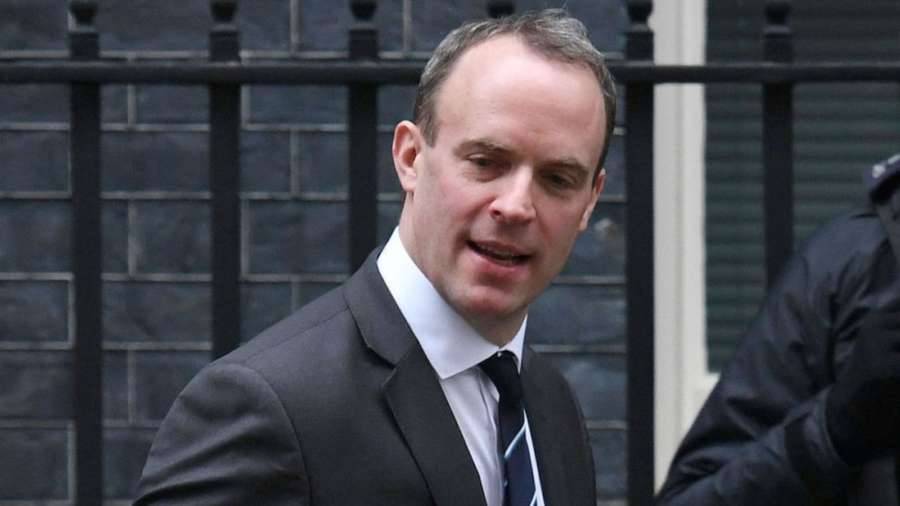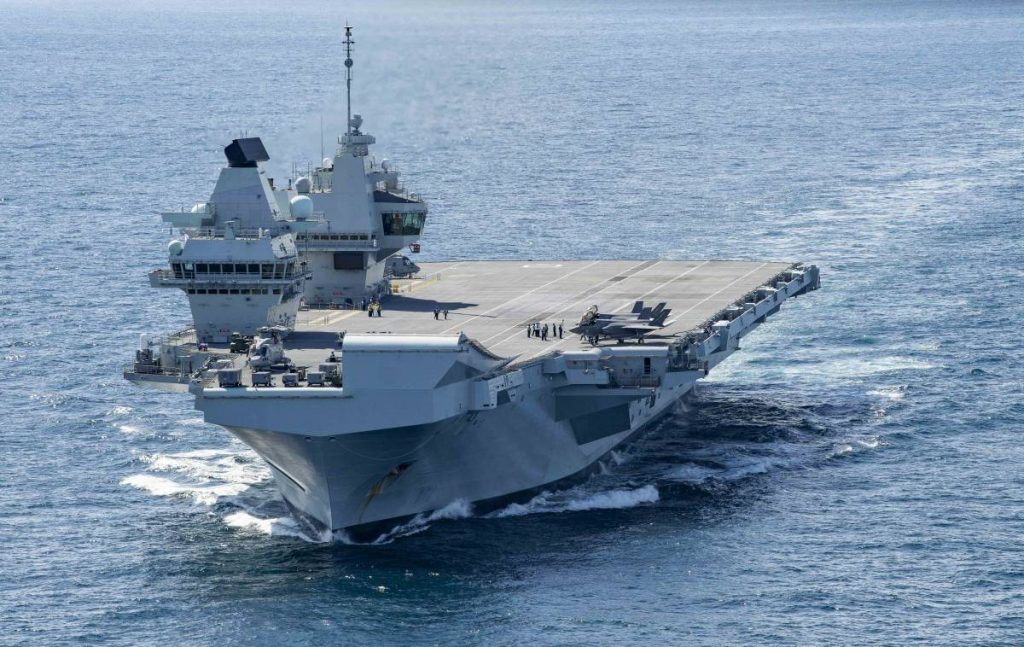To mark the occasion, the Indian and Myanmar ministers received the first Indian cargo ship at the port carrying 1,000 metric tonnes of cement…reports Asian Lite News
Union Ports, Shipping and Waterways Minister Sarbananda Sonowal, along with the Deputy Prime Minister of Myanmar Admiral Tin Aung San, on Tuesday jointly inaugurated the Sittwe Port in Myanmar, which will boost trade and economy in the northeastern region of India as well as South East Asia.
Sittwe Port has been developed as part of the Kaladan Multi-Modal Transit Transport Project (KMTTP) funded under grant-in-aid assistance from the Government of India.
Once fully operationalised, the port will link the East coast of India to the northeastern states, resulting in considerable savings in cost and time as well as providing an alternative route for the northeast region to access the international sea route via the Sittwe port.
Speaking on the occasion, Sonowal said, “Under India’s Act East initiative, Sittwe Port is part of the $484 million KMTTP, being constructed by the Government of India in Myanmar’s Kaladan river.
To mark the occasion, the Indian and Myanmar ministers received the first Indian cargo ship at the port carrying 1,000 metric tonnes of cement.
“Today is a historic day for both India and Myanmar as we further our relationship for mutual growth and cooperation in trade and commerce with the commencement of operations at the Sittwe Port. The port provides ample scope to unlock huge value in trade and commerce between India and Myanmar, especially between Northeast India and Rakhine in Myanmar,” Sonowal said.
Thanking Admiral Tin Aung San and the government of Myanmar, Sonowal said that with the commencement of operations at the Sittwe Port, the two countries will further consolidate their historic ties.
“India remains committed towards development and prosperity of the people of Myanmar through developmental initiatives such as the Sittwe Port. I am confident that the port will act as the gateway of India to South East Asia, ushering growth and progress,” he said.
Apart from Northeast India, the port will also unlock huge commercial potentials for Bangladesh, Bhutan and even Nepal – apart from India and Myanmar – by acting as a bridge with South East Asia.









